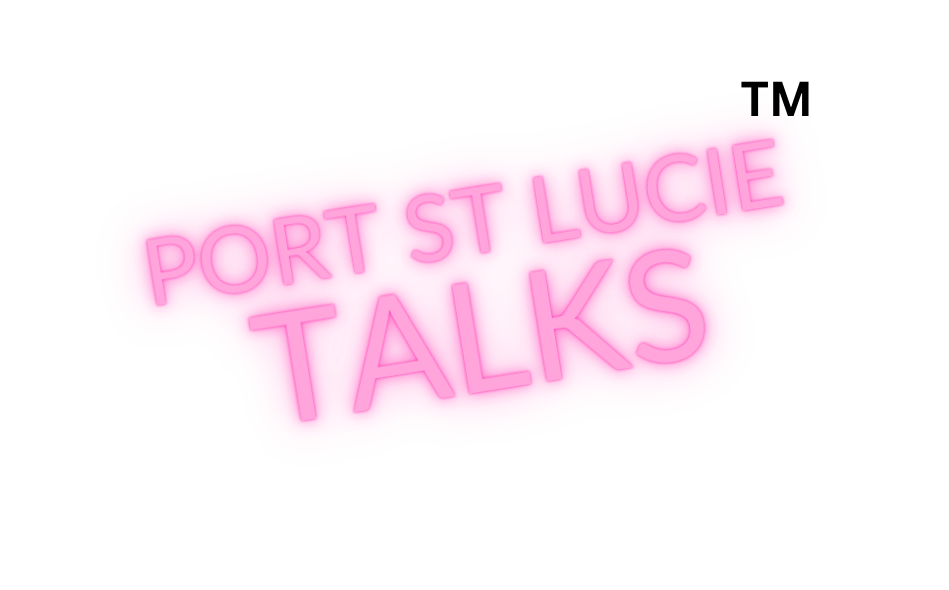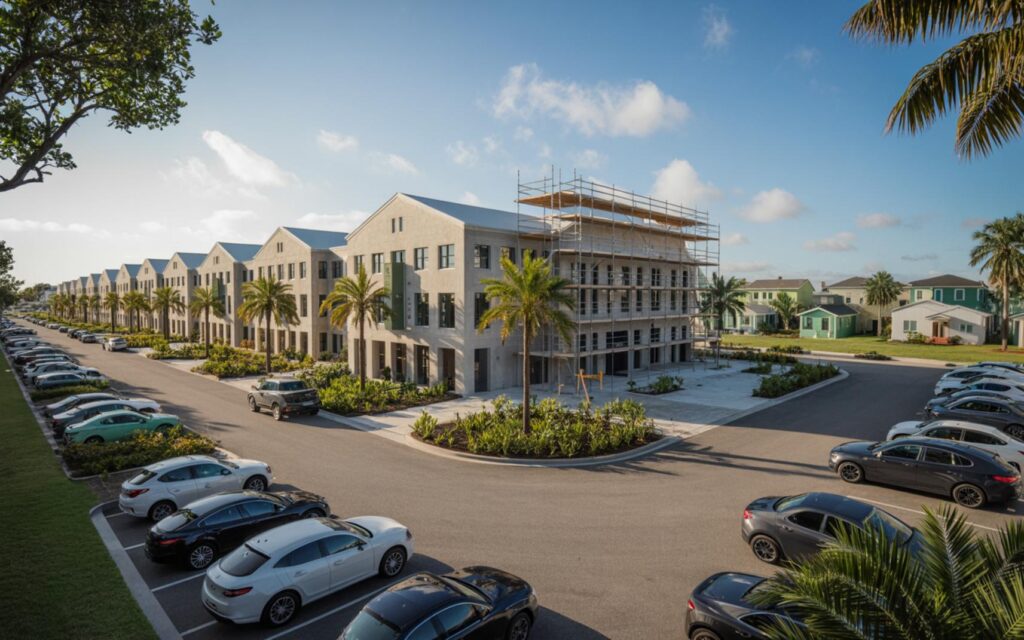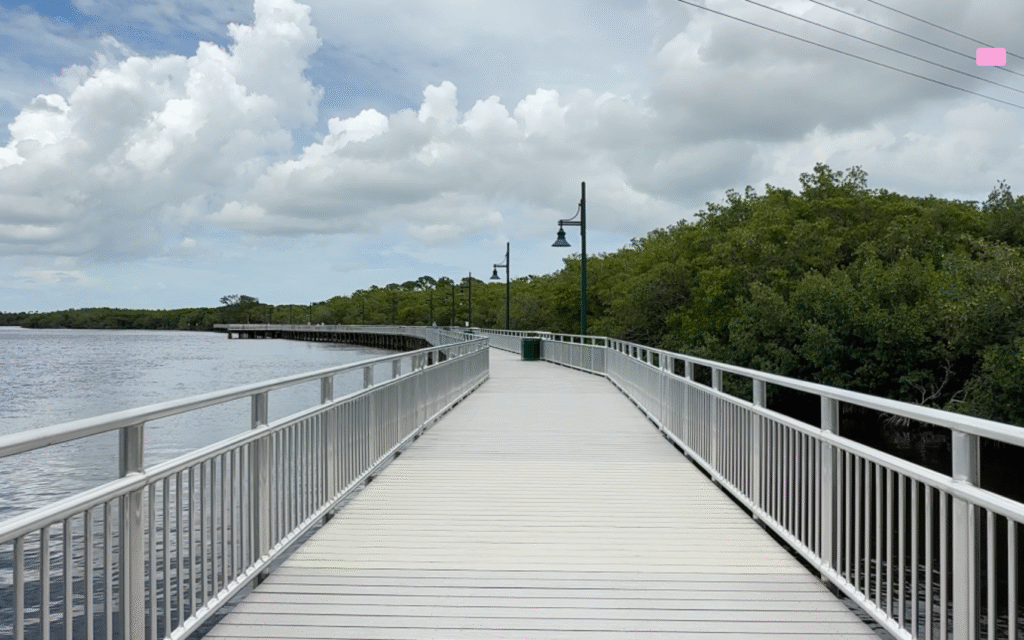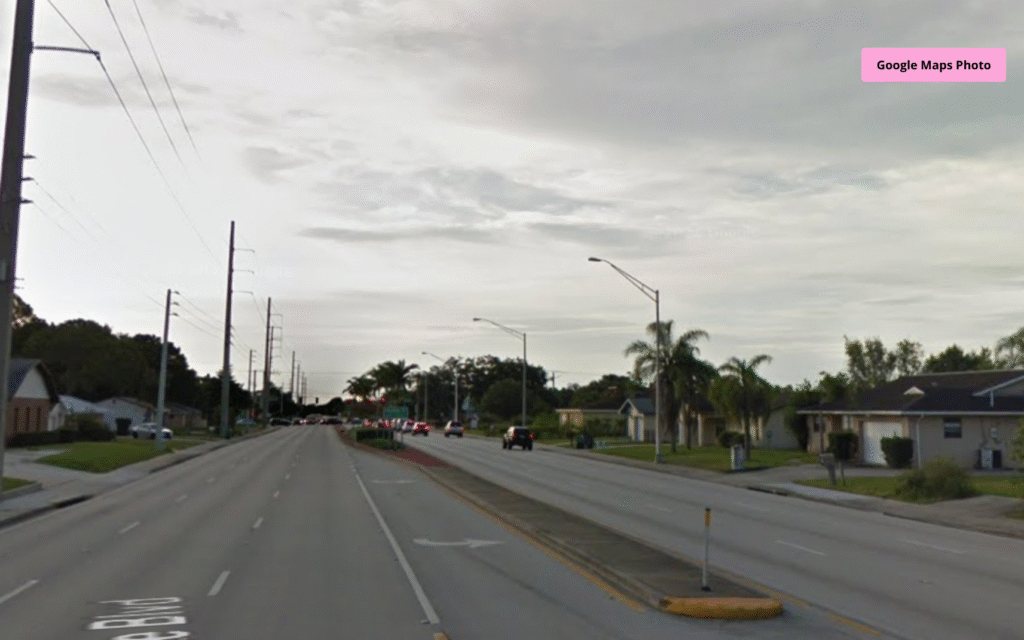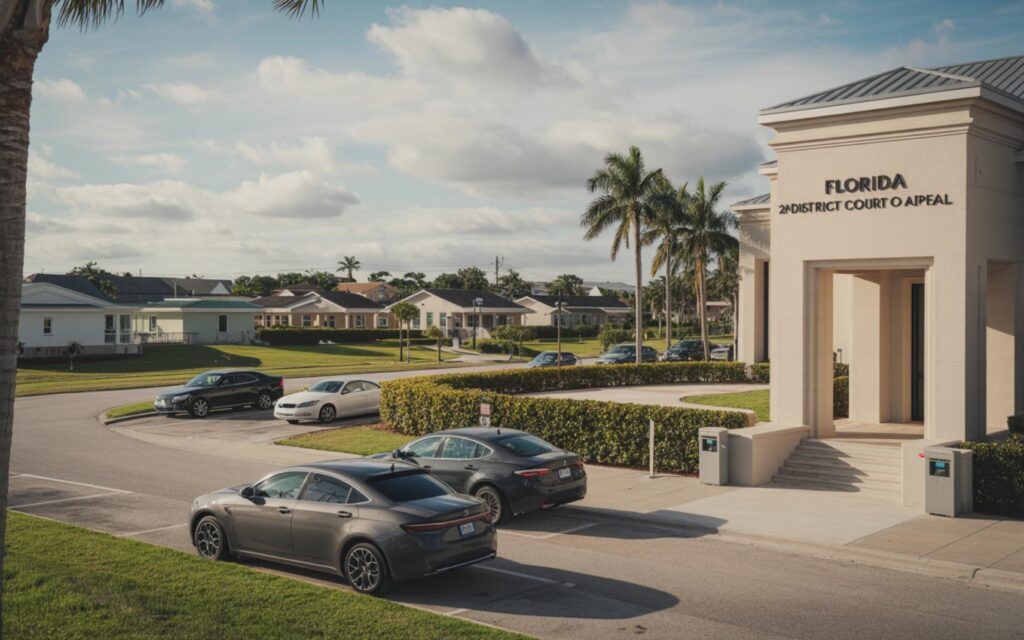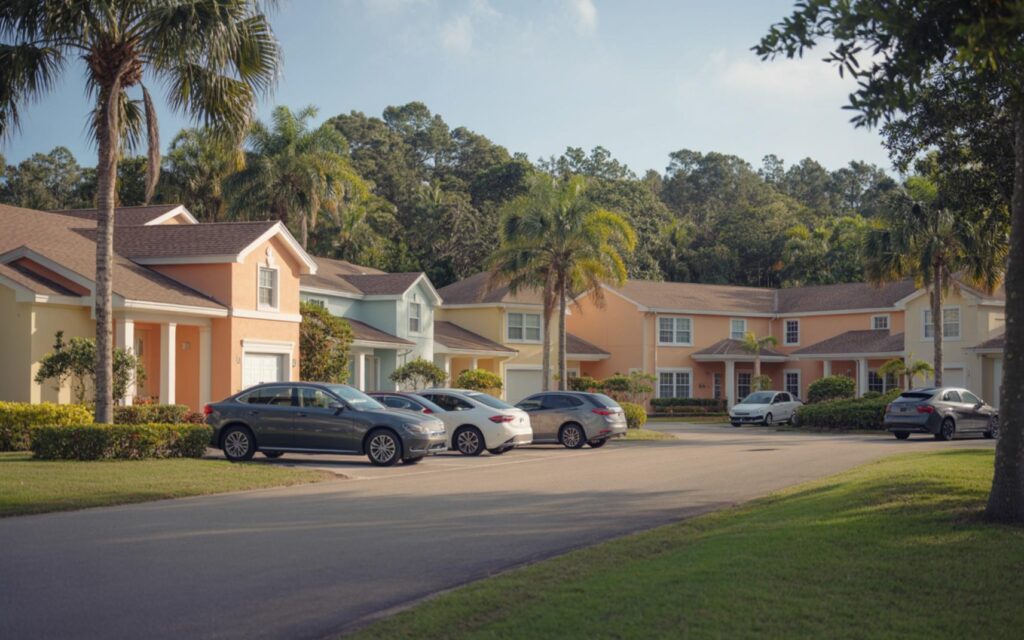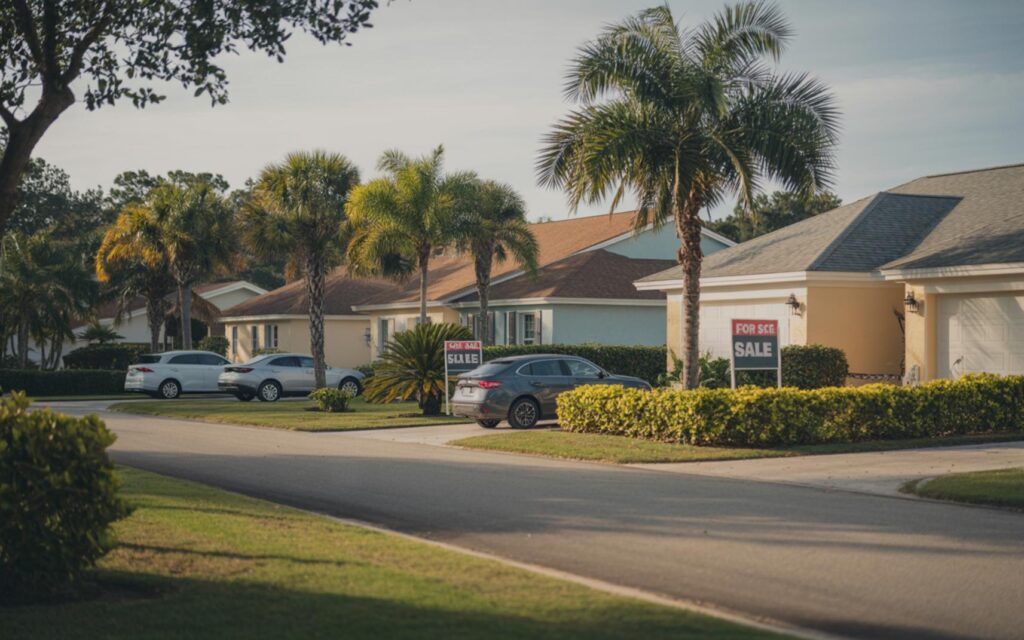Flooding on the Treasure Coast remains a significant concern, with recent heavy rainfall highlighting the ongoing risks and challenges for communities in this region. The Treasure Coast flooding has resulted in property damage, transportation disruptions, and increased attention to flood preparedness and resilience.
Recent Treasure Coast Flooding and Rainfall Impacts
According to the National Weather Service, the Treasure Coast received approximately 3 to 5 inches of rainfall over a short period. This intense precipitation led to localized flooding in urban and low-lying areas, which are especially susceptible to water accumulation after heavy rain events.
Officials report that flooding events in the Treasure Coast can cause millions of dollars in property damage. Disruptions to transportation and daily activities are also common during these periods of excessive rainfall.
Flooding Risks on the Treasure Coast
The Treasure Coast is highly vulnerable to flooding due to its geographic features and climate. Florida averages over 59 inches of rainfall annually, making it one of the most flood-prone states in the country.
Major waterways, including the Atlantic Ocean and the Indian River Lagoon, contribute to the region’s flood risk. Flooding can be triggered by intense rainfall, tropical storms, hurricanes, and tidal surges.
Urban and Low-Lying Area Vulnerability
Urbanization has increased the number of impervious surfaces, such as roads and buildings, which reduces natural water absorption and increases runoff. Low-lying neighborhoods are particularly at risk during periods of heavy rain or storm surge.
Flood Zones and Insurance Requirements
Flood zones in the Treasure Coast are mapped and regulated by local governments and federal agencies. Properties located in designated flood zones are subject to specific construction standards and must often carry flood insurance.
The National Flood Insurance Program (NFIP) and updated FEMA flood insurance rate maps influence insurance requirements and construction permits in flood-prone areas. These regulations aim to reduce property damage and support community resilience.
Current Flood Watches, Alerts, and Emergency Response
Recent rainfall has prompted flood watches and alerts across the Treasure Coast. Emergency services are actively monitoring conditions and conducting damage assessments. Recovery assistance is being provided to affected residents, according to local emergency management agencies.
Officials are also monitoring for additional rain and the potential for coastal flooding, especially in areas near the Indian River Lagoon and Atlantic shoreline.
Community Efforts to Improve Flood Resilience
Communities throughout the Treasure Coast are working to enhance flood resilience. Participation in programs that offer insurance premium discounts for improved flood protection measures is increasing.
Efforts include upgrading stormwater infrastructure, maintaining drainage systems, and promoting public awareness about flood risks and mitigation strategies.
Expert Perspectives on Flood Preparedness
Experts emphasize the importance of preparedness for residents and businesses in the Treasure Coast. Having flood insurance, understanding local flood zones, and following evacuation orders when issued are key steps to minimize risk.
Urbanization and climate change are contributing to more frequent and severe flooding events in coastal Florida. Coordinated efforts between local governments, emergency services, and residents are essential for effective flood management.
Stormwater Infrastructure and Long-Term Solutions
Maintaining and upgrading stormwater infrastructure is critical for reducing flood risks. Local authorities highlight the need for ongoing investment in drainage systems and flood control projects to protect property and public safety.
Broader Context: Flooding Across Florida
The Treasure Coast is part of a broader region in Florida that regularly experiences flooding due to its geography and climate. Flooding can have long-term impacts on property values, insurance costs, and overall community resilience.
Residents are encouraged to stay informed about flood risks, participate in local planning efforts, and take proactive measures to safeguard homes and businesses. Local governments provide resources and information to support these efforts.
Frequently Asked Questions About Treasure Coast Flooding
What causes flooding on the Treasure Coast?
Flooding on the Treasure Coast is typically caused by heavy rainfall, tropical storms, hurricanes, and tidal surges. The presence of major waterways like the Atlantic Ocean and Indian River Lagoon increases the risk.
How much rainfall does the Treasure Coast receive annually?
Florida averages over 59 inches of rainfall each year. The Treasure Coast often experiences intense rain events that can lead to localized flooding.
Are flood insurance requirements different in Treasure Coast flood zones?
Properties in designated flood zones on the Treasure Coast are usually required to have flood insurance. Updated FEMA flood insurance rate maps determine these requirements and influence construction permits.
Can you reduce flood risk for your home or business?
Residents and business owners can reduce flood risk by maintaining drainage systems, elevating structures, and participating in community flood protection programs. Having flood insurance is also important for financial protection.
Where are the most flood-prone areas on the Treasure Coast?
Urban and low-lying areas near the Indian River Lagoon and Atlantic shoreline are especially vulnerable to flooding. Local flood zone maps provide specific information about high-risk neighborhoods.
